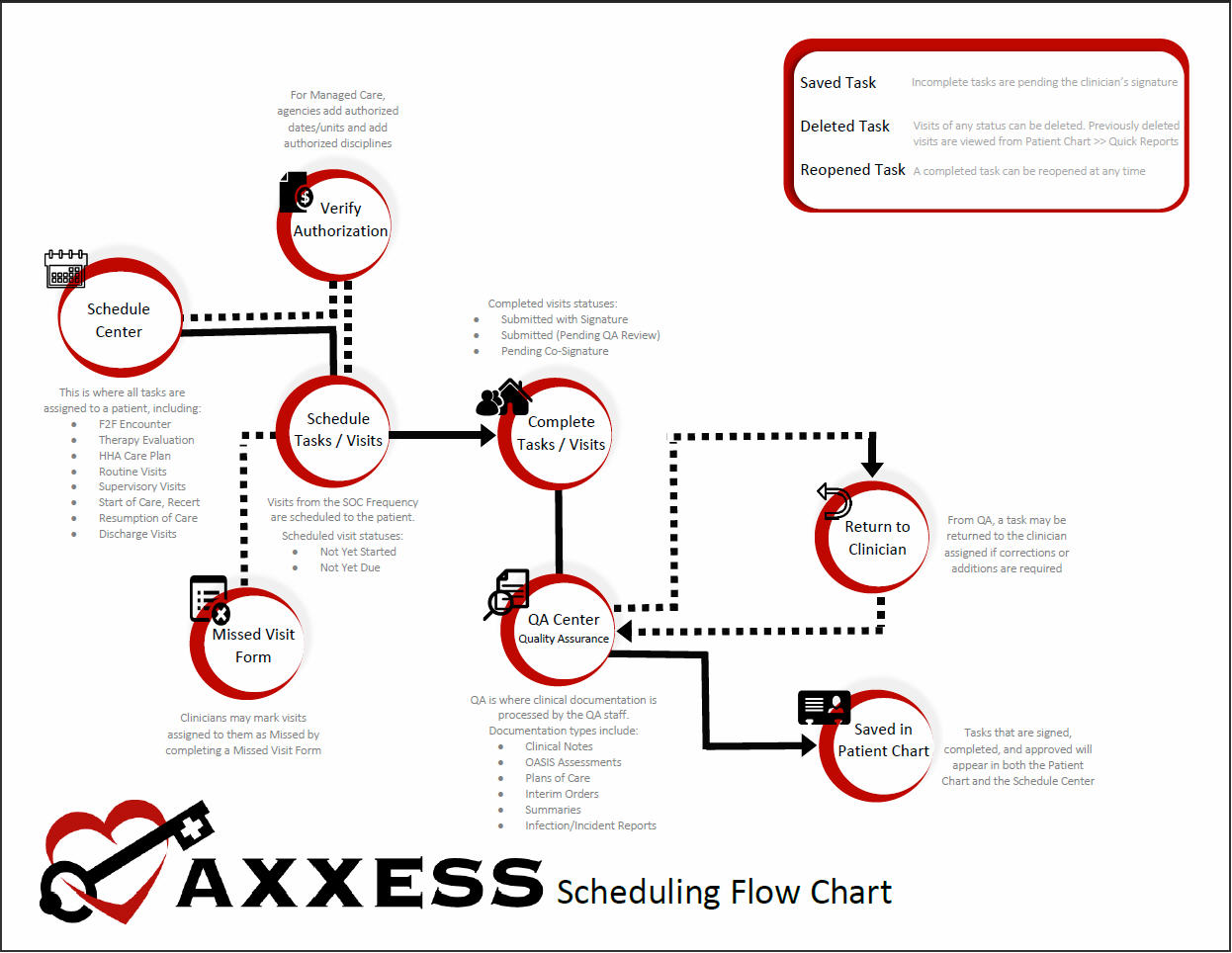


Smaller benchtop jointers have two or three cutting blades, while larger cabinet-style jointers have as many as four. The wider the blade, the wider the wood stock the jointer can cut.Ĭutting heads feature multiple blades. Cutting blade widths vary from 6 inches wide to as much as 16 inches wide. Blades and Cutting DepthĬutting depth determines how many times the user will have to run the wood through the jointer to make the wood smooth and flat. Look for jointers with sturdy cast-iron feeder tables and guide fences that will stand up to long-term use. These tools make wood stock perfectly smooth and square, which requires the tool to be built from quality material that won’t bend or sag. Of course, build quality matters with most power tools, and it may matter most in a jointer. High-end commercial-grade jointers with blades up to 16 inches wide feature motors with as much as 3 horsepower. Jointers with 8-inch blades require motors with 2-horsepower engines. High-powered models also do a better job of cutting through hardwoods and handling broader cuts.Ī 6-inch jointer typically has a 1-horsepower motor-sufficient to handle most softwoods, hardwoods, and even many exotic woods. A more powerful jointer generally leaves a smoother finish on the wood than a less powerful model.

Power determines how easily a jointer cuts through wood.

Cabinet jointers will include more substantial fences than those on a benchtop jointer, since cabinet jointers handle longer pieces of wood. Whether you choose a benchtop or a cabinet-style model, the best jointers should include sturdy adjustable fences and metal guards that allow for precision cutting. Smaller and lighter, they lack the power of a cabinet-style jointer, but they offer easy storage and portability. You’ll typically have two different types of jointers to choose from: a larger, stationary cabinet-style unit and a smaller, mounted benchtop unit.Ī benchtop jointer makes a popular choice for home woodworkers who don’t need the industrial strength of the larger and more expensive cabinet-style jointers. You should consider a number of things when you shop for a jointer, including power, blade width, table length, and portability. Photo: What to Consider When Choosing the Best Jointer BEST LARGE: Wahuda Tools Jointer – 8-inch (50180CC-WHD).BEST CABINET-STYLE: JET – JJ-6HHDX 6-Inch Long Bed Helical Head Jointer.BEST 6-INCH: Craftsman Benchtop Jointer, 10-Amp (CMEW020).BEST FOR BEGINNERS: WEN JT630H 10-Amp 6-Inch Spiral Benchtop Jointer.BEST BUDGET: RIDGID 6 Amp Corded 6-1/8 in.If you’re looking for a new jointer, keep reading to learn what things you should consider when shopping for one of these powerful tools. As the wood runs through the jointer, the cutting head’s blades remove a layer of the wood’s surface to create a perfect square. Instead of running a tool against wood like one would do using a hand planer, the wood is pushed against the tool with a jointer.Ī jointer has a long, flat surface bisected by a cutting head with a cast-iron guide fence. A jointer is a woodworking machine that smooths and flattens the face and edge of stock lumber to make it perfectly square.


 0 kommentar(er)
0 kommentar(er)
